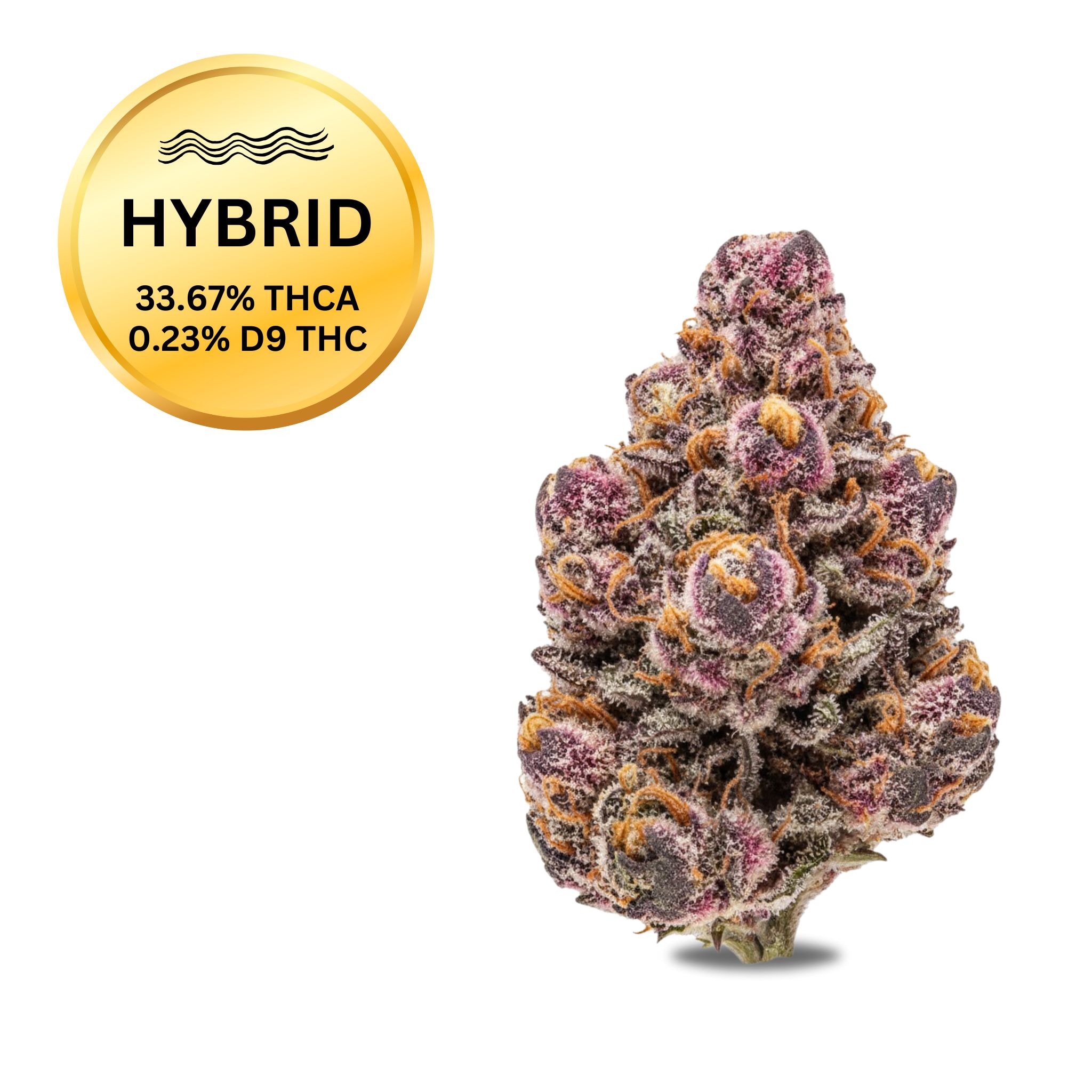
$89.99
![]() >
Blogs
>
Cannabis >
What is Delta 10 THC?
>
Blogs
>
Cannabis >
What is Delta 10 THC?
THE STATEMENTS ON THIS BLOG ARE NOT INTENDED TO DIAGNOSE, TREAT, CURE, OR PREVENT ANY DISEASE. THE FOOD AND DRUG ADMINISTRATION HAS NOT EVALUATED ANY STATEMENTS CONTAINED WITHIN THE BLOG. ATLRX DOES NOT IN ANY WAY GUARANTEE OR WARRANT THE ACCURACY, COMPLETENESS, OR USEFULNESS OF ANY MESSAGE. THE INFORMATION CONTAINED WITHIN THIS BLOG IS FOR GENERAL INFORMATIONAL PURPOSES ONLY.
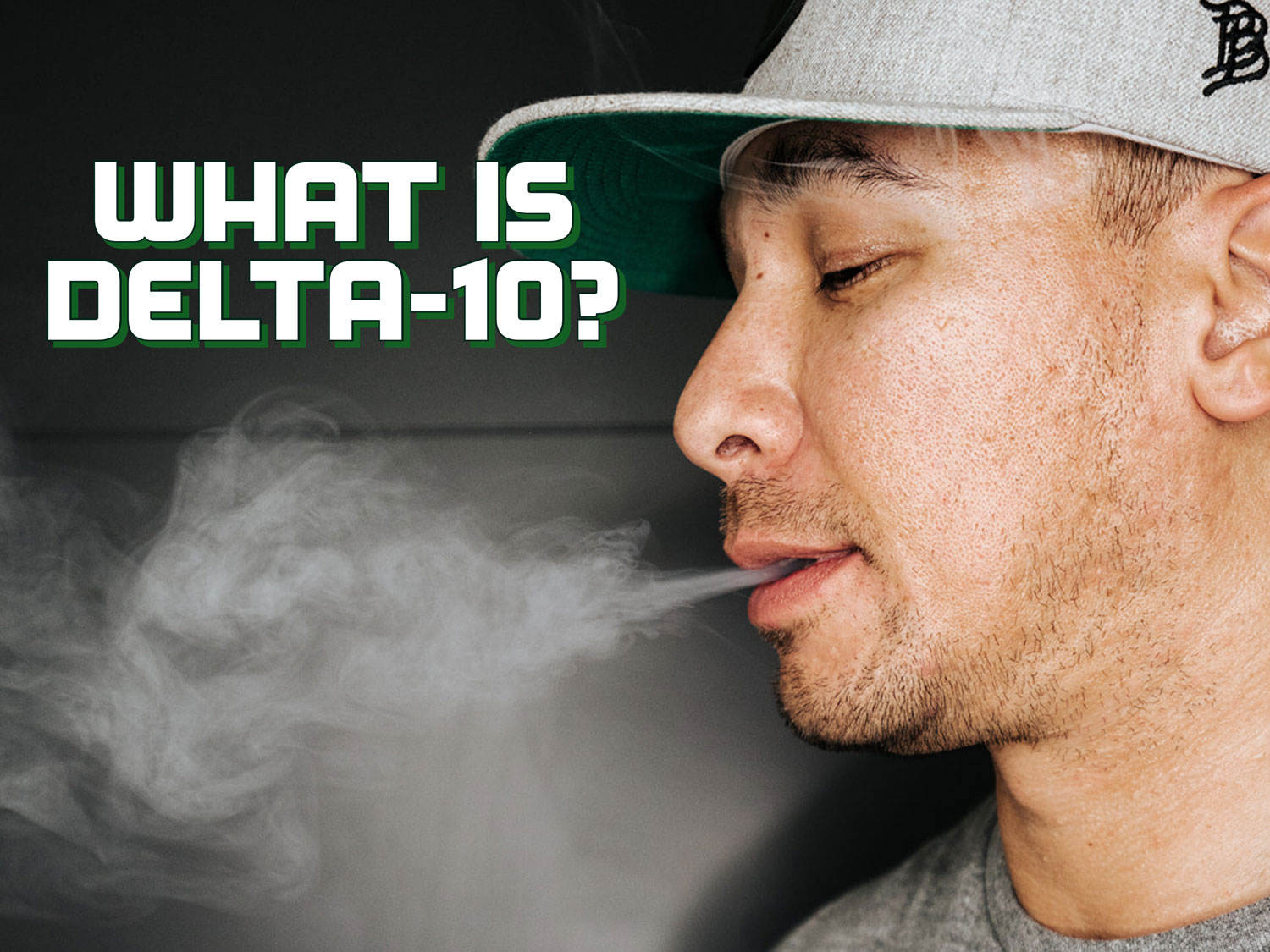
By now, you’d think that the delta numbered molecules would have worn their welcome after the introduction of delta 8 THC. Delta 10 has recently entered the playing field. While delta 9 remains the most universally loved of the THCs, there’s no telling how the future in this industry will unfold. We can only assume that delta 9 is held as the gold medalist because it has been the most widely available until delta 8 crashed the scene. To be blunt, there are delta molecules starting at 1 through 11.
Delta 10 is one of the latest molecules to reveal itself amongst other cannabinoids. Of course, the discovery of Delta 10 was an accident. Delta 10 derives from industrial hemp and cannabis through a more precise extraction. This is due to the micro molecules being challenging to find in your standard natural extraction. However, it’s often misidentified amongst the hundreds of cannabinoids available inside a plant. There are two ways where it meets the legal loophole. The first by extracting from cannabis (still a schedule I controlled substance in some states, Georgia is one of them) or extracting from a hemp plant (where delta 8 is extracted).
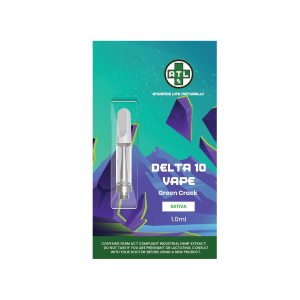
Delta-10 interacts with our body differently than delta 8. Delta 10 is often compared to a sativa strain. Delta 8 leans more towards an indica. Delta 10 is less psychotropic which has made it more desirable for sativa lovers. If you think this is too good to be true, well, you’re partially correct. It’s not quite as simple as it may seem.
With delta 10 being the isolated cannabinoid inside the products. It isn’t hidden, per se, nor denied. But there is information that companies are not telling you upfront about their delta 10 products. Delta 10 products are mostly delta-8. The higher percentages of delta 10 in products range from thirty to thirty-five percent, leaving seventy percent of the muscle work to its younger sibling, delta 8. They’re painting a pretty picture that says that using both delta 8, and delta 10 in tandem is the best way to do it. It’s the only way to do it at the moment.
Delta 10 is finicky; it is more active than delta 8, to the point that it is unstable. So, while delta 10 has made its debut, it’s lackluster for the simple fact that it cannot be an isolate for a product. It has unstable traits, forcing it to be the minor cannabinoid of the two, morphing into delta 8, or even has the possibility of delta 9. Any rapid change can make the product unsellable.
When ATLrx speaks of transparency, we mean it; there are no surprises around the corner or information that isn’t put out front. ATLRx will not cut any corners. Nor would we not sell you delta 8 THC gummies and claim they’re delta 10 because of a minuscule trace of 10. There isn’t a product on the shelves without a QR Code, a DEA-certified lab panel test, and every single ingredient listed. At the moment, delta 10 is only available in a delta 8 dominant blend. That makes it a delta 8 product, with a dose of delta 10. Delta 10 molecules have yet to be completely isolated, but you will know when we know. Until further notice, delta 8 is still the driving product of this industry.
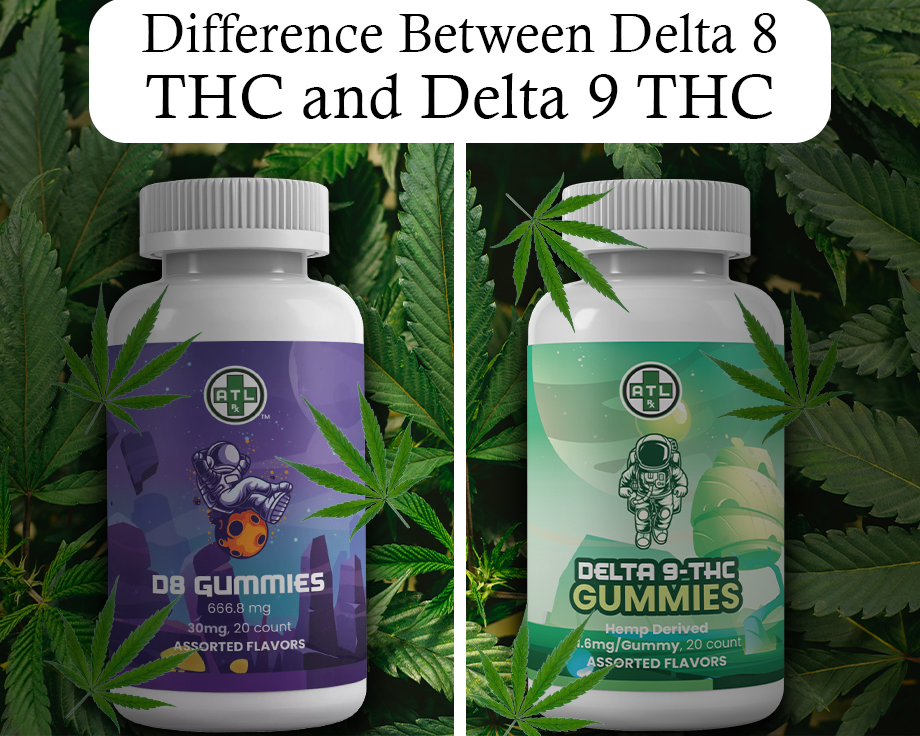
November 27, 2025

November 24, 2025
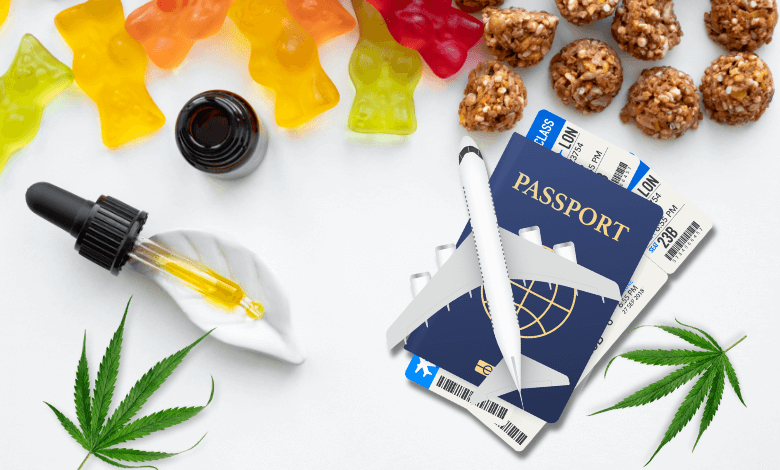
November 17, 2025

November 13, 2025
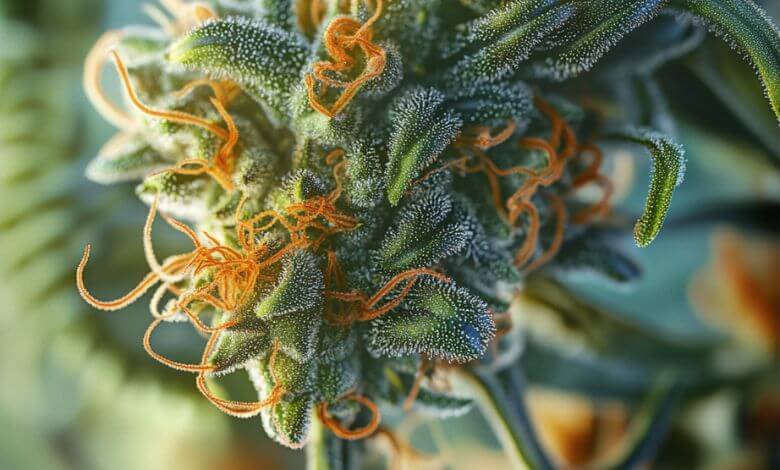
November 10, 2025

$89.99
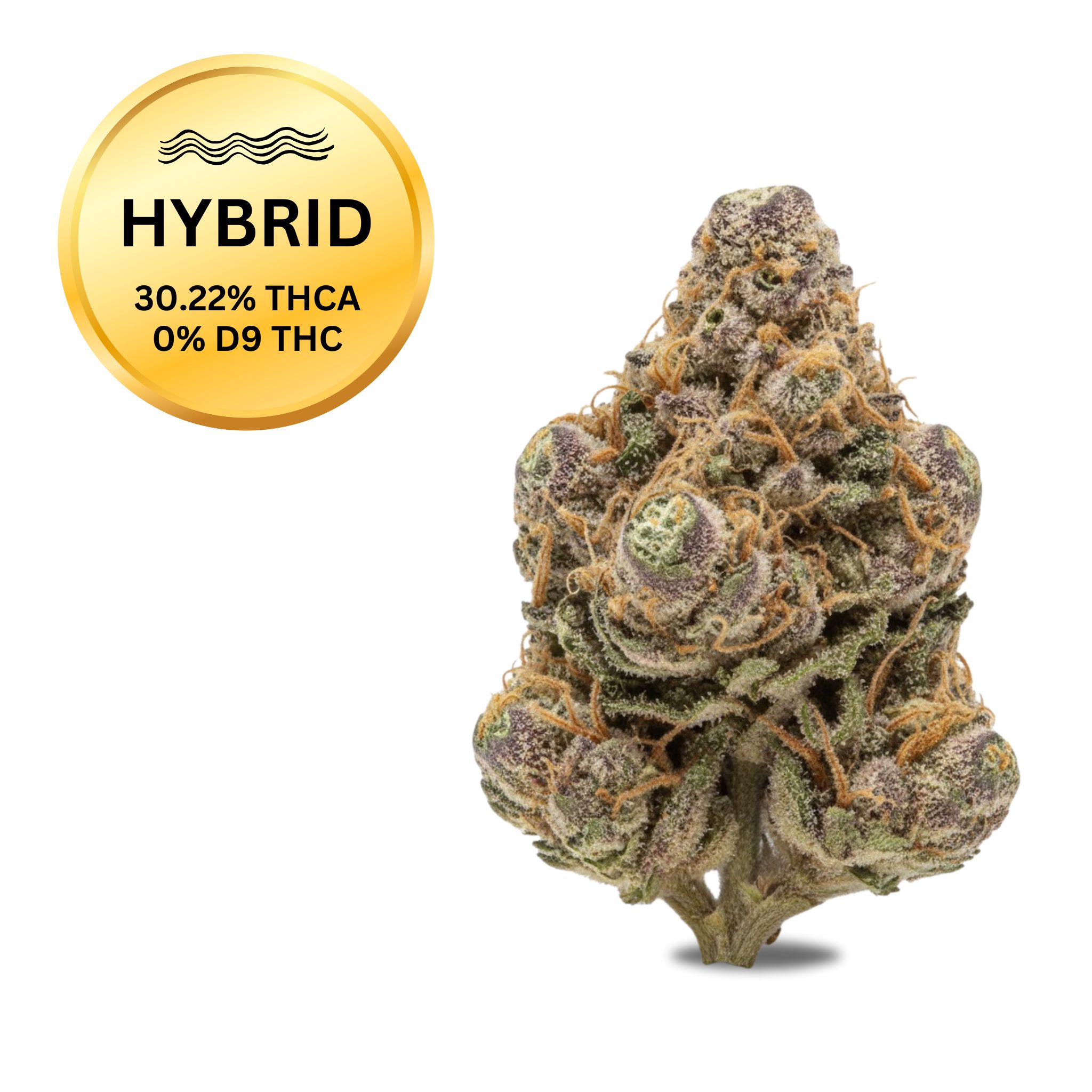
$89.99

$89.99
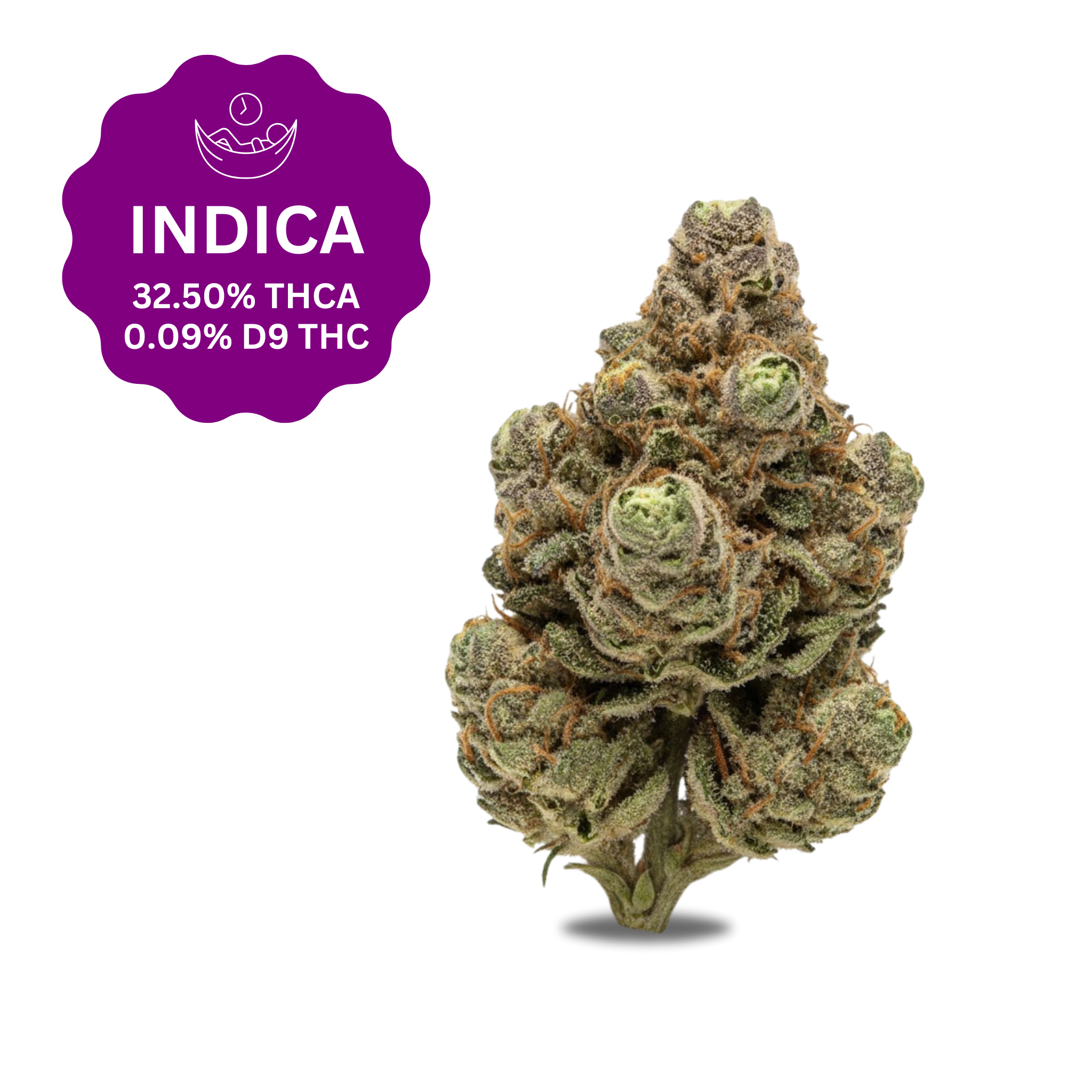
$39.99
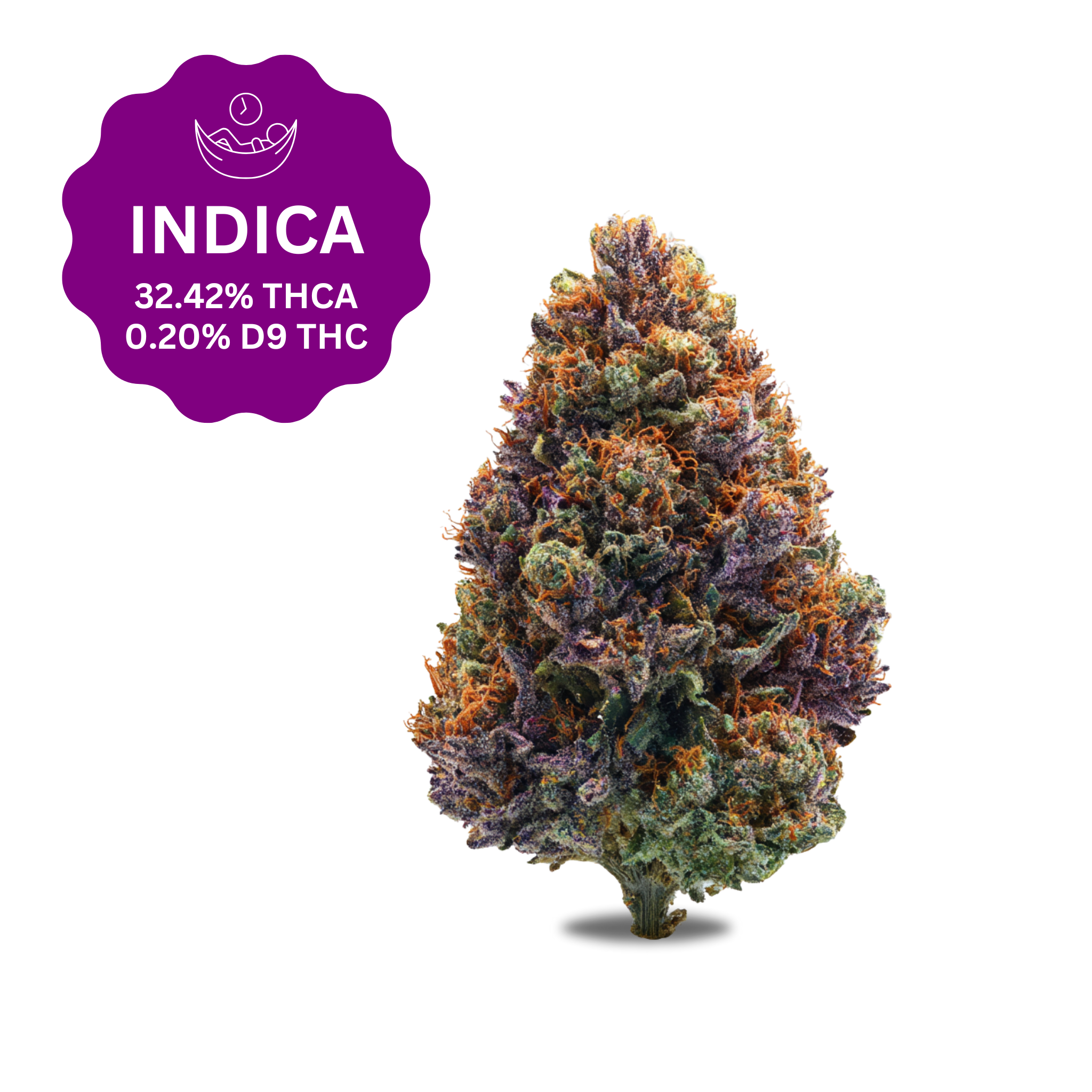
$34.99
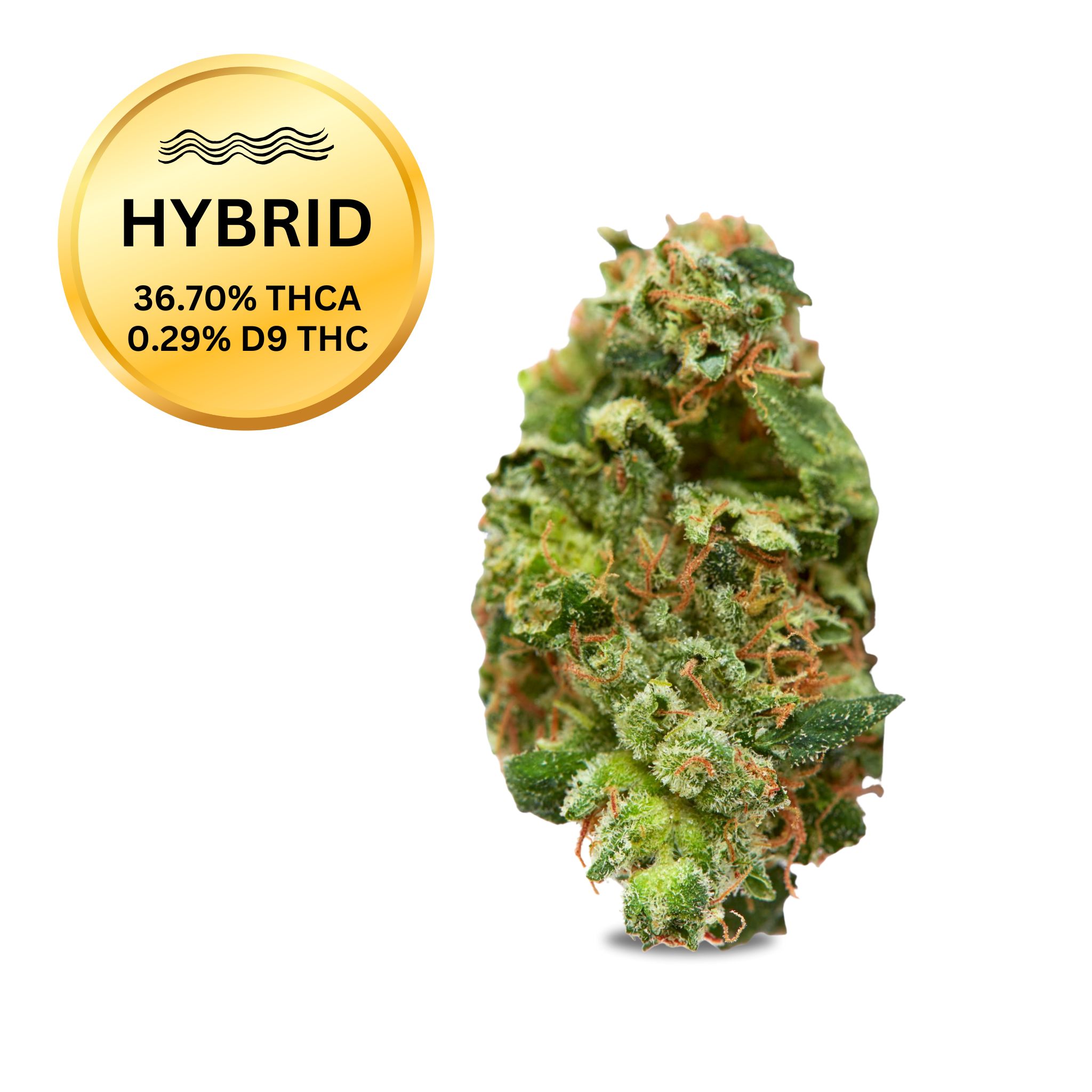
$49.99
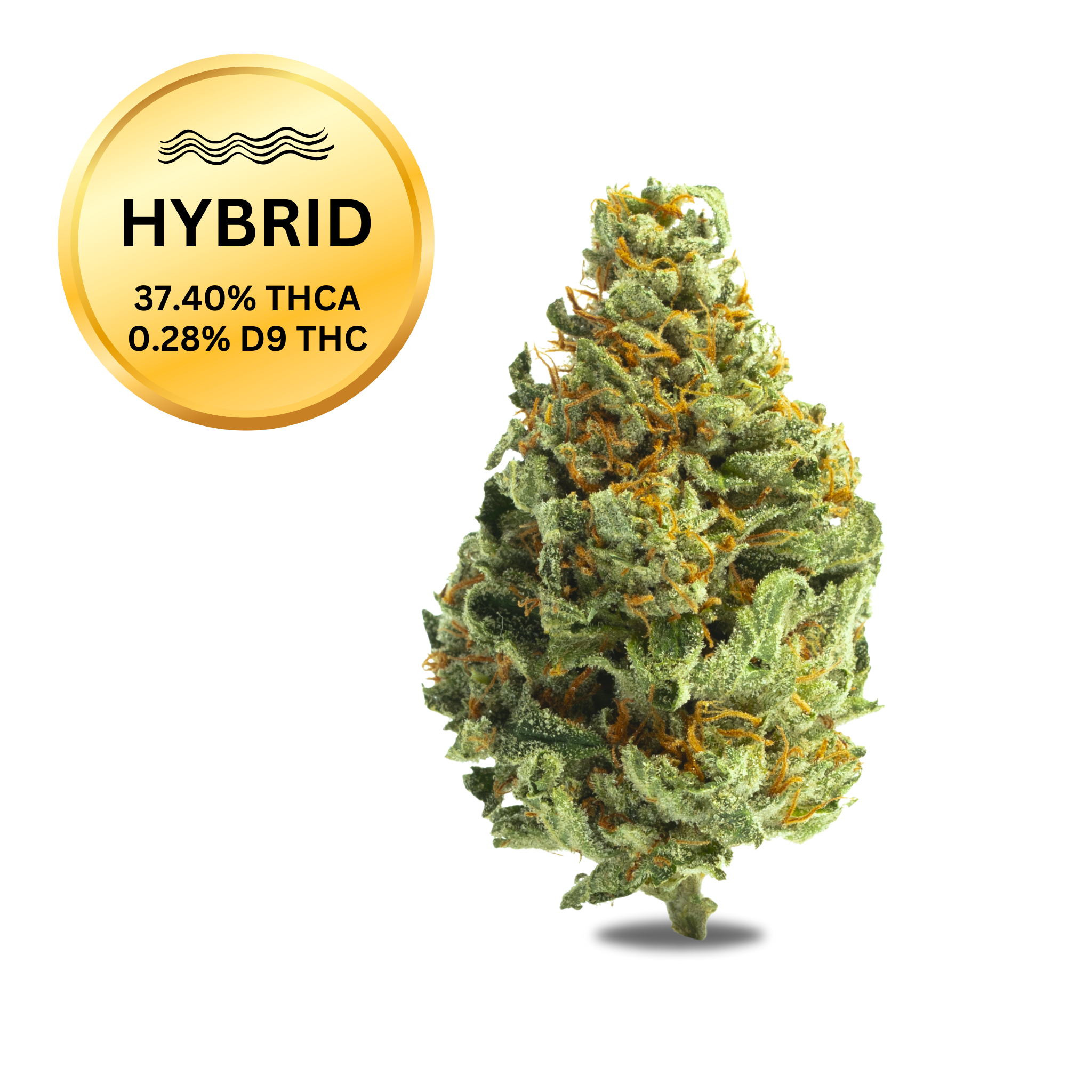
$49.99
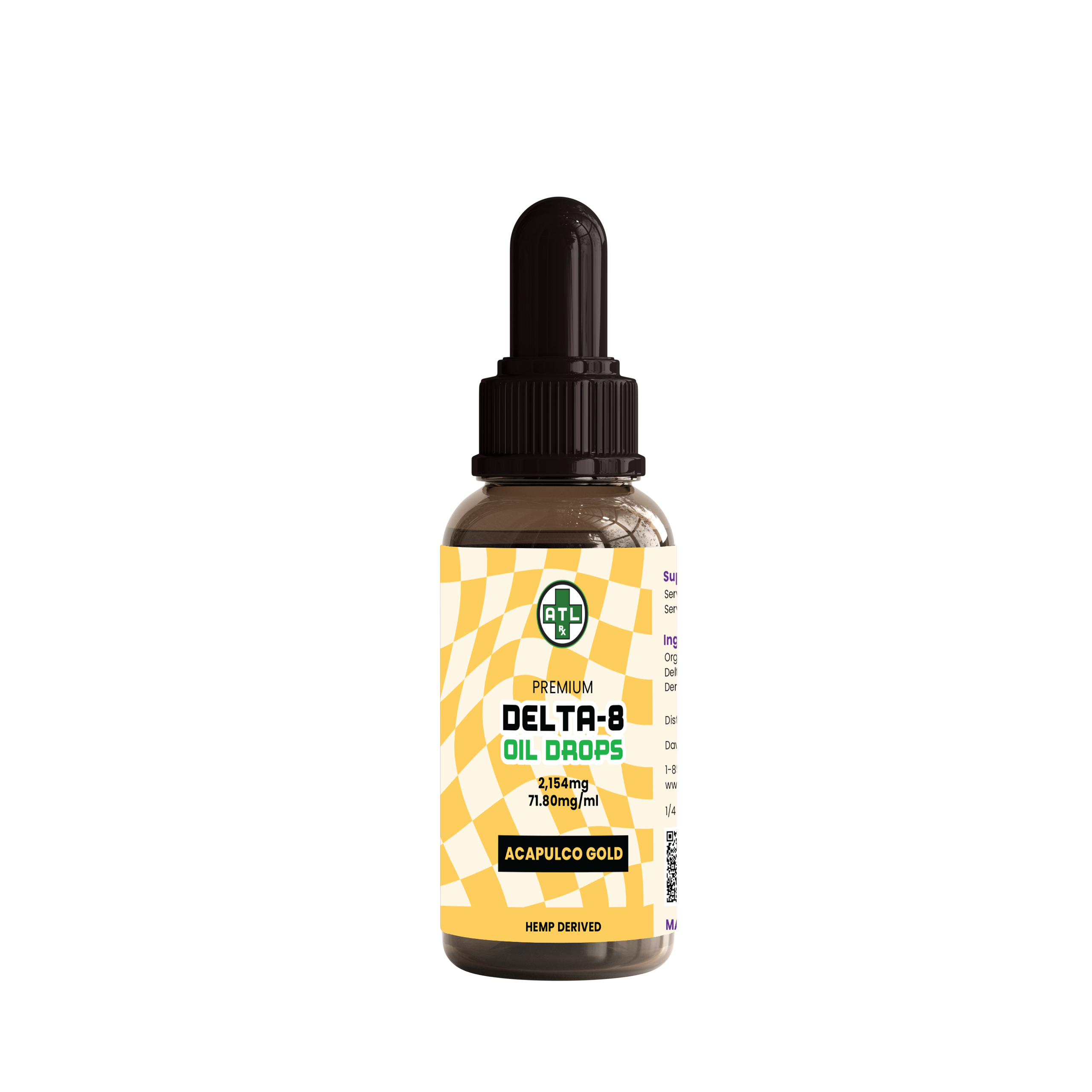
$39.99

